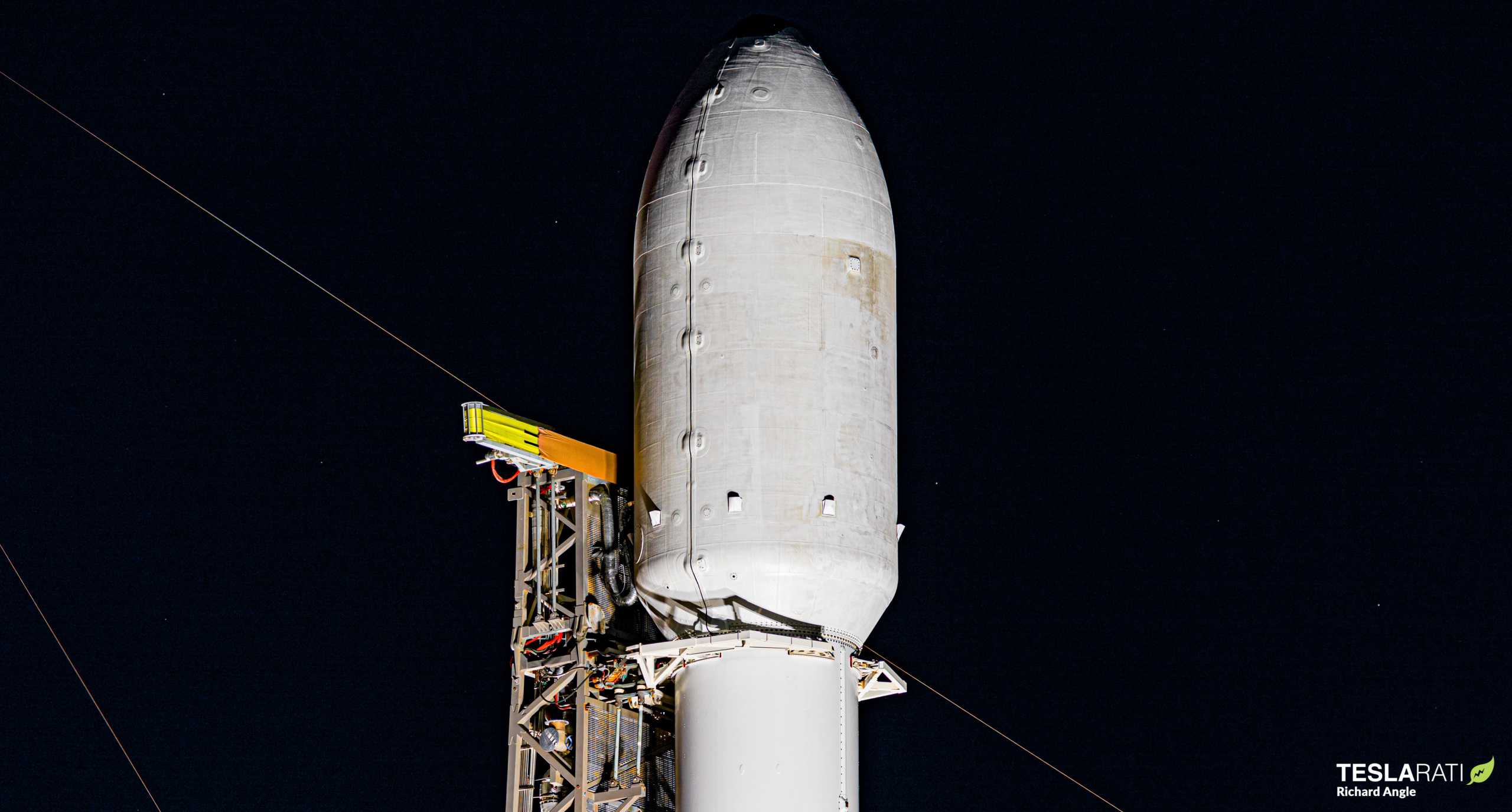
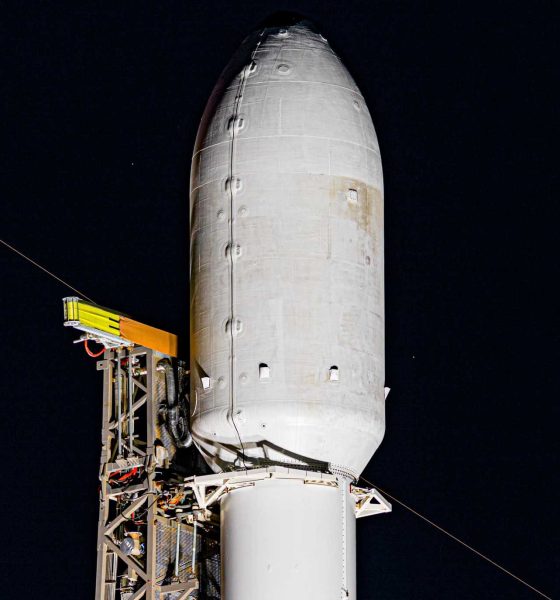
News
(Update: scrubbed) SpaceX’s next Starlink launch to break rocket fairing reuse record
Update: SpaceX says that today’s Starlink-12 launch attempt was scrubbed due to a mysterious “recovery issue.” Liftoff from Kennedy Space Center Pad 39A is now scheduled no earlier than (NET) 1:57 pm EDT (17:57 UTC) on Friday, September 18th.
Prior to the announcement, fairing recovery ship GO Ms. Tree was spotted diverting to a North Carolina port for unknown reasons, leaving twin ship Ms. Chief to recover both fairing halves. Based on bouy data, conditions at the Atlantic Ocean fairing and booster recovery zones appeared to be moderately challenging but far from unreasonable and SpaceX has been happy to point to recovery weather for past launch delays.
SpaceX has revealed that its next Starlink launch will mark a new first for Falcon 9 payload fairing reuse, reaching a milestone that took booster reuse 18 months in less than a year.
Scheduled to lift off no earlier than (NET) 2:19 pm EDT (18:19 UTC) on Thursday, September 17th, the Starlink-12 (v1.0 L12) mission will be SpaceX’s 11th in 2020 alone and 13th overall. If things go according to plan, it could leave SpaceX’s nascent constellation just two or so months away from the beginning of the first public beta tests of Starlink internet service.
Meanwhile, Falcon 9 booster B1058 will be attempting its third launch less than four months after its flight debut, an unprecedented cadence of reuse for SpaceX. Aside from likely ensuring that B1058 becomes the proud holder of SpaceX’s first and second place records for booster turnaround (time between launches), the mission also continues an unexpected trend: the near-extinction of Falcon 9 static fire tests.
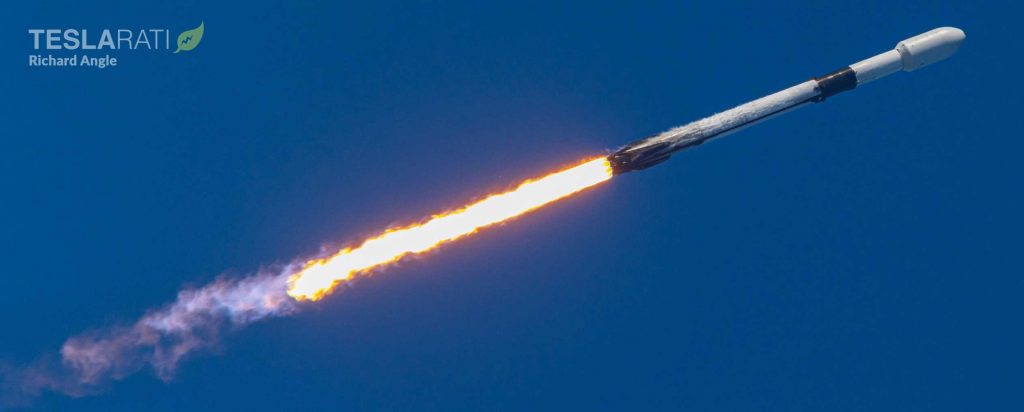
SpaceX’s first successful Falcon booster landing happened in December 2015, just a few months shy of five years ago. In March 2017, two years later, SpaceX reused a Falcon 9 booster on an orbital-class launch for the first time in history. Some 21 months after that historic milestone, SpaceX launched the same Falcon 9 booster for the third time, kicking off a relentless series of reusability firsts that continue to be made to this day.
Now, SpaceX says it’s about to launch the same Falcon 9 payload fairing half for the third time in a significant and unexpected first for fairing reuse. Constructed primarily out of a carbon fiber-aluminum honeycomb composite material, Falcon fairings are dramatically more fragile – and reaches much higher altitudes and velocities – than the boosters SpaceX has cut its teeth on recovering and reusing.
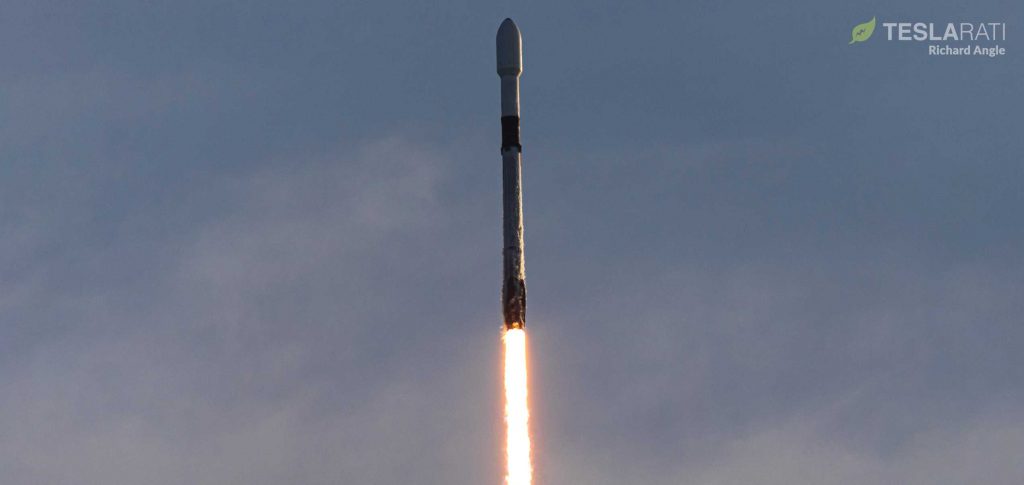
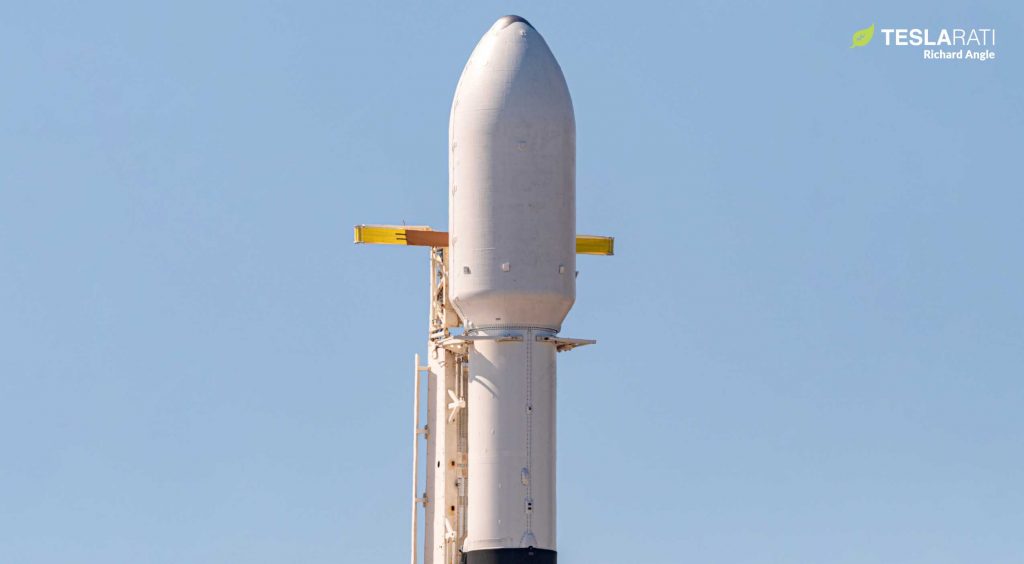
Compared to booster reuse, it’s quite the achievement. SpaceX first managed to launch the same Falcon 9 booster three times in December 2018, ~33 months after the first booster reuse. Measured from SpaceX’s first fairing reuse, completed in November 2019 as part of the first Starlink v1.0 launch (Starlink-1), the company will have managed to cross the three-flight fairing reuse barrier less than 11 months later – a full three times faster than SpaceX’s booster reuse program took to achieve the same milestone.
Additionally, prior to SpaceX’s September 16th reveal, it was purely up to speculation whether the company would be able to reuse Falcon fairing halves more than once, particularly when a given fairing half is only fished out of the ocean. If successful, Starlink-12 will prove that Falcon fairing halves can be reused at least three times regardless of whether SpaceX was/is able to catch said halve in a recovery ship’s net.
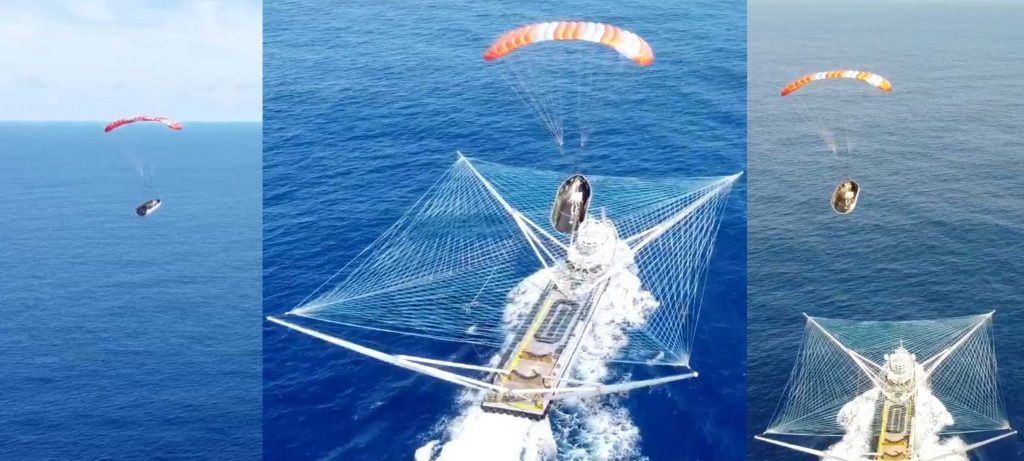
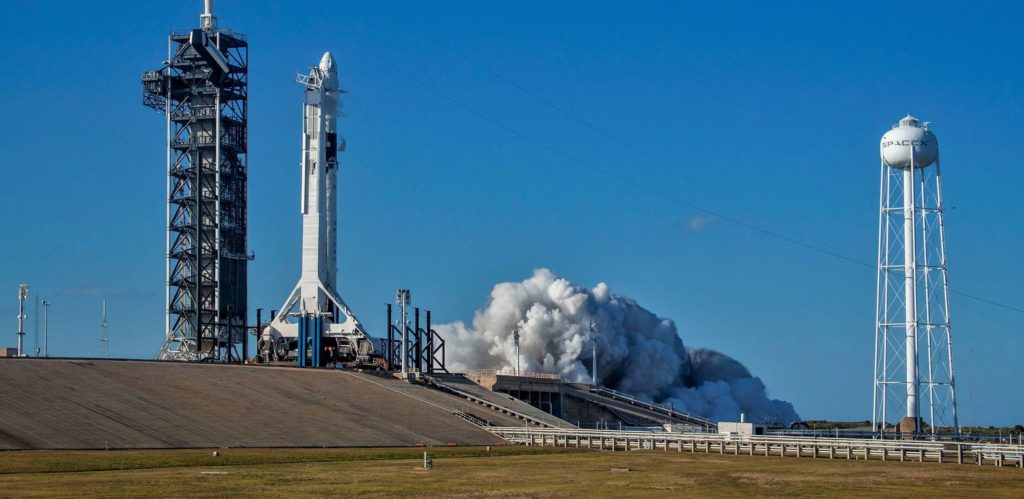
No more static fires?
Meanwhile, SpaceX appears to be turning a major corner on Falcon 9 launch operations. Of all 93 Falcon 9 launches since the rocket’s June 2010 debut, every single one has been preceded by a combined wet dress rehearsal (WDR) and static fire test a few days or weeks prior to liftoff. Effectively simulating a launch 1:1 up to the exact moment before liftoff, SpaceX has used static fires to verify vehicle health and firewall minor quality assurance lapses for as long as it’s been launching rockets.
In a major operational change that has almost flown under the radar, SpaceX appears to have killed the practice of universal prelaunch static fires beginning with Starlink-8 in June 2020. Including Starlink-8, of the seven launches SpaceX has completed in the last three months, just three (GPS III SV03, Starlink-9, and Starlink-10) included Falcon 9 static fire tests prior to liftoff. A step further, two of the four static fire-free launches were for major commercial missions – not retiring risk on SpaceX’s own Starlink launches, in other words.
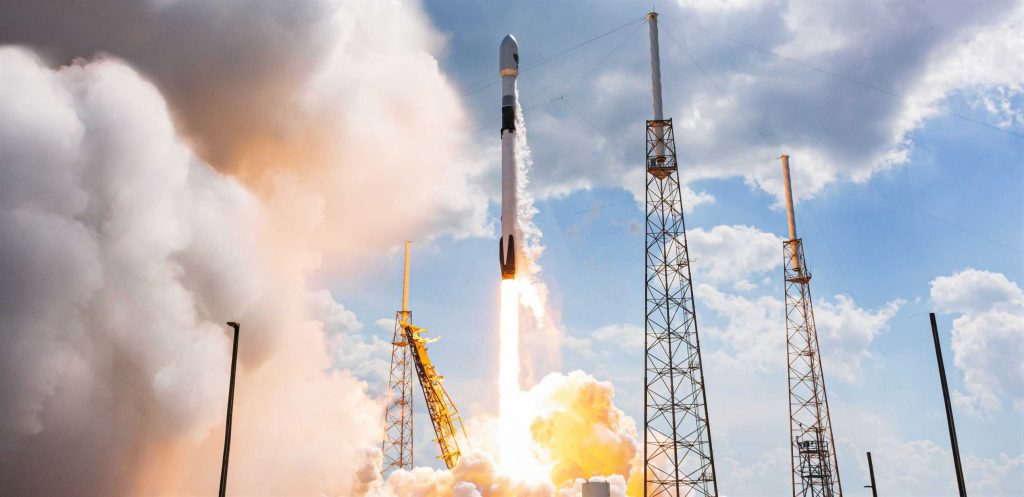
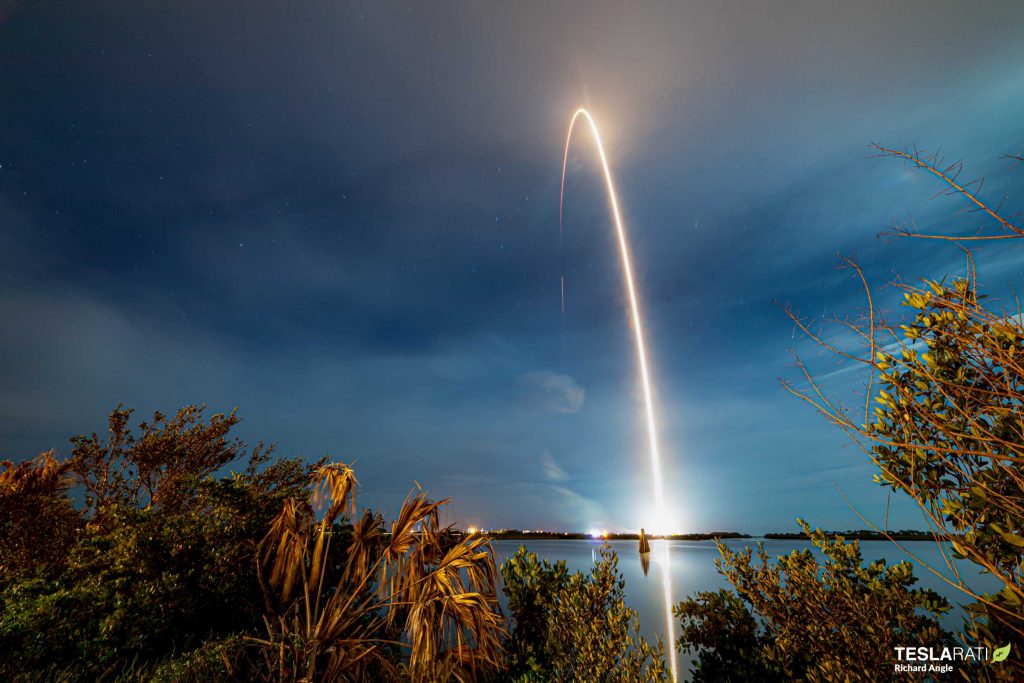
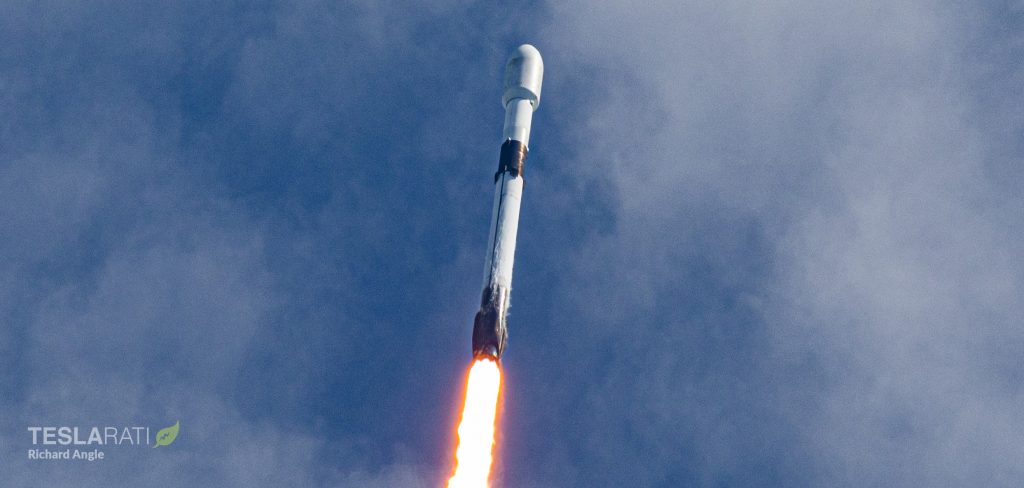
As of today, Falcon 9 has completed 65 successful launches since the last catastrophic vehicle failure (Amos-6, September 2016) and 74 consecutively-successful launches if Amos-6 (which never lifted off) is excluded. As of 2020, it’s the most reliable US launch vehicle currently in operation, surpassing ULA’s Atlas V several months ago. In fewer words, it’s not actually surprising (in retrospect) that SpaceX has begun to relax its position on static fires – especially considering that there isn’t another launch provider on Earth that static fires rockets before every launch.
More likely than not, SpaceX will continue to static fire Falcon 9 and Heavy boosters at the launch pad before their flight debuts and upon customer request. If launch or post-flight inspection data offer reason(s) for concern, SpaceX may still choose to static fire boosters out of caution. Additionally, SpaceX shows no signs of ending the practice of performing full booster static fires in McGregor, Texas as part of acceptance testing, still leaving it a step beyond traditional rocket manufacturers, which only static fire individual engines.
Regardless, SpaceX’s 13th Starlink launch will be streamed live as usual, with coverage beginning around 15 minutes prior to liftoff.
Check out Teslarati’s Marketplace! We offer Tesla accessories, including for the Tesla Cybertruck and Tesla Model 3.

News
Tesla Model 3 named New Zealand’s best passenger car of 2025
Tesla flipped the switch on Full Self-Driving (Supervised) in September, turning every Model 3 and Model Y into New Zealand’s most advanced production car overnight.
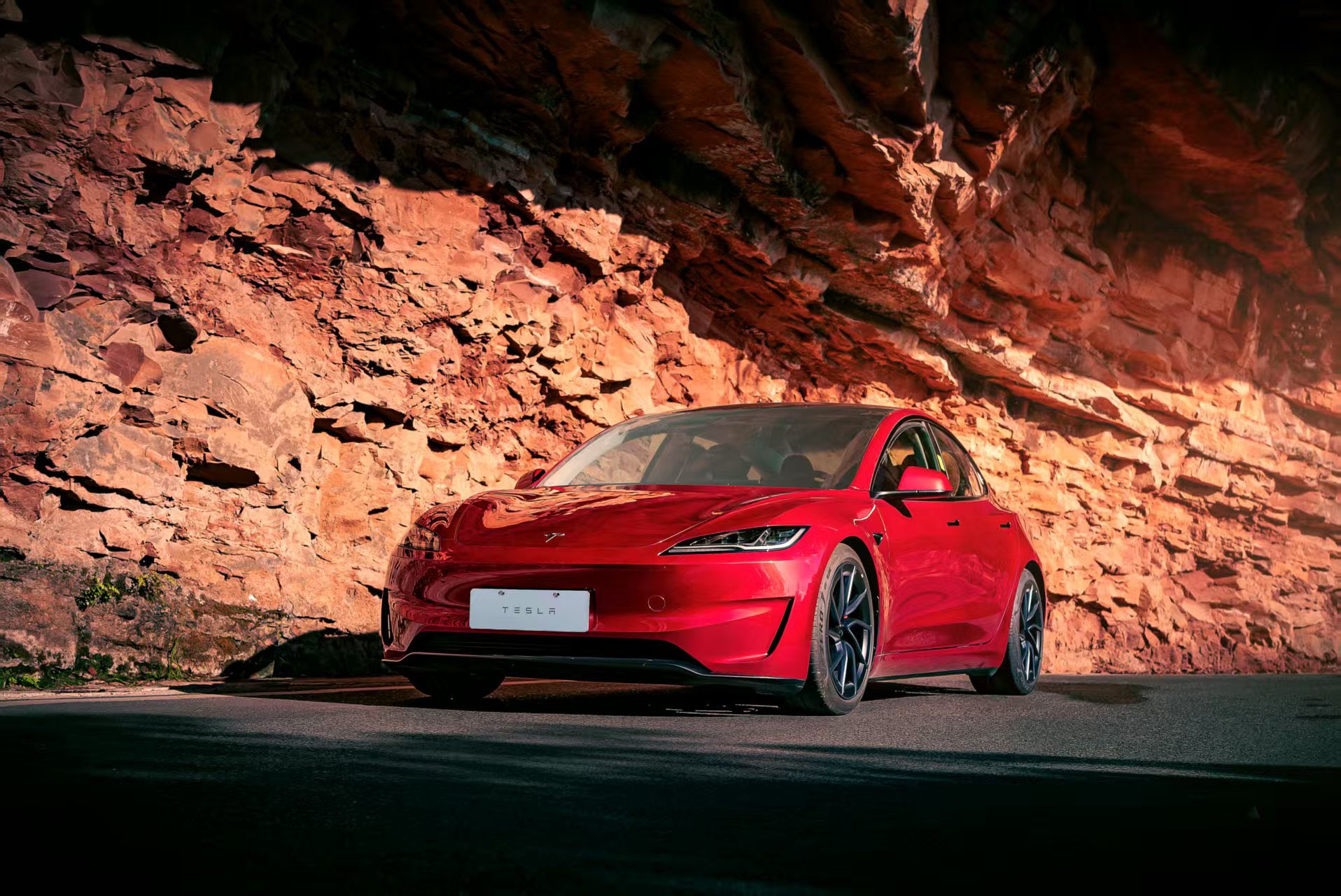
The refreshed Tesla Model 3 has won the DRIVEN Car Guide AA Insurance NZ Car of the Year 2025 award in the Passenger Car category, beating all traditional and electric rivals.
Judges praised the all-electric sedan’s driving dynamics, value-packed EV tech, and the game-changing addition of Full Self-Driving (Supervised) that went live in New Zealand this September.
Why the Model 3 clinched the crown
DRIVEN admitted they were late to the “Highland” party because the updated sedan arrived in New Zealand as a 2024 model, just before the new Model Y stole the headlines. Yet two things forced a re-evaluation this year.
First, experiencing the new Model Y reminded testers how many big upgrades originated in the Model 3, such as the smoother ride, quieter cabin, ventilated seats, rear touchscreen, and stalk-less minimalist interior. Second, and far more importantly, Tesla flipped the switch on Full Self-Driving (Supervised) in September, turning every Model 3 and Model Y into New Zealand’s most advanced production car overnight.
FSD changes everything for Kiwi buyers
The publication called the entry-level rear-wheel-drive version “good to drive and represents a lot of EV technology for the money,” but highlighted that FSD elevates it into another league. “Make no mistake, despite the ‘Supervised’ bit in the name that requires you to remain ready to take control, it’s autonomous and very capable in some surprisingly tricky scenarios,” the review stated.
At NZ$11,400, FSD is far from cheap, but Tesla also offers FSD (Supervised) on a $159 monthly subscription, making the tech accessible without the full upfront investment. That’s a game-changer, as it allows users to access the company’s most advanced system without forking over a huge amount of money.
News
Tesla starts rolling out FSD V14.2.1 to AI4 vehicles including Cybertruck
FSD V14.2.1 was released just about a week after the initial FSD V14.2 update was rolled out.

It appears that the Tesla AI team burned the midnight oil, allowing them to release FSD V14.2.1 on Thanksgiving. The update has been reported by Tesla owners with AI4 vehicles, as well as Cybertruck owners.
For the Tesla AI team, at least, it appears that work really does not stop.
FSD V14.2.1
Initial posts about FSD V14.2.1 were shared by Tesla owners on social media platform X. As per the Tesla owners, V14.2.1 appears to be a point update that’s designed to polish the features and capacities that have been available in FSD V14. A look at the release notes for FSD V14.2.1, however, shows that an extra line has been added.
“Camera visibility can lead to increased attention monitoring sensitivity.”
Whether this could lead to more drivers being alerted to pay attention to the roads more remains to be seen. This would likely become evident as soon as the first batch of videos from Tesla owners who received V14.21 start sharing their first drive impressions of the update. Despite the update being released on Thanksgiving, it would not be surprising if first impressions videos of FSD V14.2.1 are shared today, just the same.
Rapid FSD releases
What is rather interesting and impressive is the fact that FSD V14.2.1 was released just about a week after the initial FSD V14.2 update was rolled out. This bodes well for Tesla’s FSD users, especially since CEO Elon Musk has stated in the past that the V14.2 series will be for “widespread use.”
FSD V14 has so far received numerous positive reviews from Tesla owners, with numerous drivers noting that the system now drives better than most human drivers because it is cautious, confident, and considerate at the same time. The only question now, really, is if the V14.2 series does make it to the company’s wide FSD fleet, which is still populated by numerous HW3 vehicles.
News
Waymo rider data hints that Tesla’s Cybercab strategy might be the smartest, after all
These observations all but validate Tesla’s controversial two-seat Cybercab strategy, which has caught a lot of criticism since it was unveiled last year.

Toyota Connected Europe designer Karim Dia Toubajie has highlighted a particular trend that became evident in Waymo’s Q3 2025 occupancy stats. As it turned out, 90% of the trips taken by the driverless taxis carried two or fewer passengers.
These observations all but validate Tesla’s controversial two-seat Cybercab strategy, which has caught a lot of criticism since it was unveiled last year.
Toyota designer observes a trend
Karim Dia Toubajie, Lead Product Designer (Sustainable Mobility) at Toyota Connected Europe, analyzed Waymo’s latest California Public Utilities Commission filings and posted the results on LinkedIn this week.
“90% of robotaxi trips have 2 or less passengers, so why are we using 5-seater vehicles?” Toubajie asked. He continued: “90% of trips have 2 or less people, 75% of trips have 1 or less people.” He accompanied his comments with a graphic showing Waymo’s occupancy rates, which showed 71% of trips having one passenger, 15% of trips having two passengers, 6% of trips having three passengers, 5% of trips having zero passengers, and only 3% of trips having four passengers.
The data excludes operational trips like depot runs or charging, though Toubajie pointed out that most of the time, Waymo’s massive self-driving taxis are really just transporting 1 or 2 people, at times even no passengers at all. “This means that most of the time, the vehicle being used significantly outweighs the needs of the trip,” the Toyota designer wrote in his post.
Cybercab suddenly looks perfectly sized
Toubajie gave a nod to Tesla’s approach. “The Tesla Cybercab announced in 2024, is a 2-seater robotaxi with a 50kWh battery but I still believe this is on the larger side of what’s required for most trips,” he wrote.
With Waymo’s own numbers now proving 90% of demand fits two seats or fewer, the wheel-less, lidar-free Cybercab now looks like the smartest play in the room. The Cybercab is designed to be easy to produce, with CEO Elon Musk commenting that its product line would resemble a consumer electronics factory more than an automotive plant. This means that the Cybercab could saturate the roads quickly once it is deployed.
While the Cybercab will likely take the lion’s share of Tesla’s ride-hailing passengers, the Model 3 sedan and Model Y crossover would be perfect for the remaining 9% of riders who require larger vehicles. This should be easy to implement for Tesla, as the Model Y and Model 3 are both mass-market vehicles.









